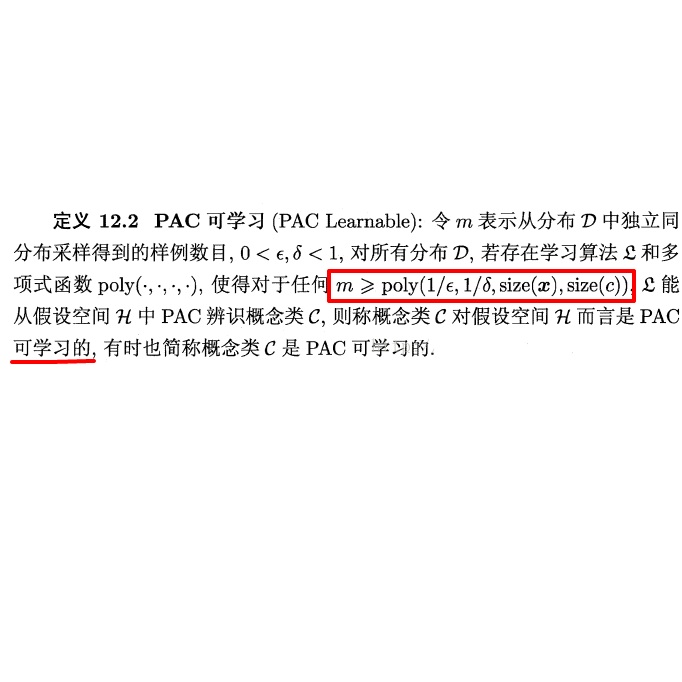We consider the question of speeding up classic graph algorithms with machine-learned predictions. In this model, algorithms are furnished with extra advice learned from past or similar instances. Given the additional information, we aim to improve upon the traditional worst-case run-time guarantees. Our contributions are the following: (i) We give a faster algorithm for minimum-weight bipartite matching via learned duals, improving the recent result by Dinitz, Im, Lavastida, Moseley and Vassilvitskii (NeurIPS, 2021); (ii) We extend the learned dual approach to the single-source shortest path problem (with negative edge lengths), achieving an almost linear runtime given sufficiently accurate predictions which improves upon the classic fastest algorithm due to Goldberg (SIAM J. Comput., 1995); (iii) We provide a general reduction-based framework for learning-based graph algorithms, leading to new algorithms for degree-constrained subgraph and minimum-cost $0$-$1$ flow, based on reductions to bipartite matching and the shortest path problem. Finally, we give a set of general learnability theorems, showing that the predictions required by our algorithms can be efficiently learned in a PAC fashion.
翻译:我们考虑的是加速经典图表算法的问题,并用机器的预测来加速经典图表算法。在这个模型中,向算法提供了从过去或类似事例中吸取的额外建议。根据更多的信息,我们的目标是改进传统的最坏情况运行时间的保证。我们的贡献如下:(一) 我们为通过学习的双轨制的最小重量双边匹配提供更快的算法,改进Dinitz、Im、Lavastadida、Moselley和Vassilvitskii(NeurIPS, 20211);(二) 我们把学到的双向方法扩大到单一来源的最短路径问题(负边缘长度),实现几乎线性运行时间,并给予足够准确的预测,这些预测将改进由于Goldberg(SIAM J.Comput.,1995年)而出现的经典最快的算法;(三) 我们为基于学习的图形算法的算法提供了一种基于普遍缩减的框架,导致对经度限制的子绘图和最低成本0美元流动进行新的算法,其基础是削减双向匹配和最短路径问题。最后,我们给出了一套高效的算算法,可以显示我们所学到的通用的时态算法。




